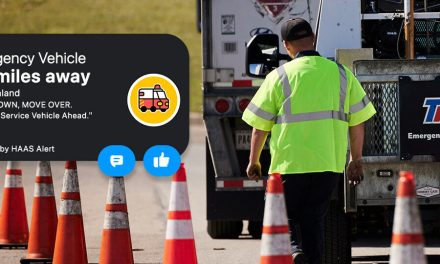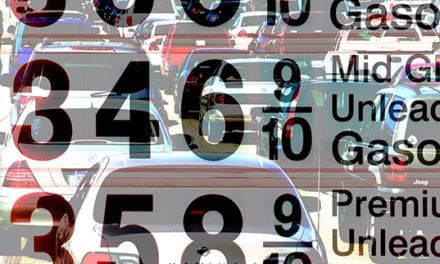California’s effort to improve air quality with $381 million funding from the Volkswagen Environmental Mitigation Trust would achieve the most immediate and cost-effective benefits for the most people with advanced clean diesel technology, according to testimony from the Diesel Technology Forum citing data from the U.S. Environmental Protection Agency (EPA) and U.S. Department of Transportation (DOT).
The Forum’s written testimony was submitted in the recent joint hearing by the California Senate Transportation and Senate Environmental Quality Committee, focusing on potential investments of the state’s VW Mitigation Trust funding.
“In our statement today, we outline how and why accelerating the turnover of older heavy-duty commercial trucks and equipment will deliver substantial clean air benefits immediately, particularly to disadvantaged communities that have not benefitted as much from the state’s other funding priorities,” said Allen Schaeffer, the Executive Director of the Diesel Technology Forum. “Truck drivers with older vehicles, contractors with older engines and equipment and others could experience a boost in economic fortunes through funding assistance in upgrading or replacing their technology to the newest and most efficient versions that they can use anywhere in the state. In turn, clean air benefits would accrue to communities all across California, especially those located within goods movement corridors.
“California has been a leader in policies that led to the research and development [that] helped develop today’s clean diesel technology,” Schaeffer continued. “Unfortunately, economic conditions and the state’s own policies have created barriers for truckers to invest in the newest generation of clean diesel technology, so much so that California now ranks 47 of 51 states and Washington D.C., in the percentage of new, near-zero emissions 2010 and newer clean diesel trucks on the road. Only Alaska, Maine, Arizona and Kentucky rank lower. The opportunity is now to accelerate the turnover of these older vehicles and take advantage of the immediate clean air benefits of the new, near-zero emissions diesels.
“State air regulators have said the fastest reductions in NOx emissions in 2035 won’t come from power plants or even electrification of passenger vehicles, but rather from the turnover from old-to-new commercial trucks powered with the latest clean diesel engines. And by making those funding choices, they have the opportunity to make a real difference. It’s a proven strategy, as evidenced by the Ports of Los Angeles and Long Beach’s Clean Truck Program that moved truckers to newer technology so quickly that port pollution was reduced by 70% in just one year,” Schaeffer said.








